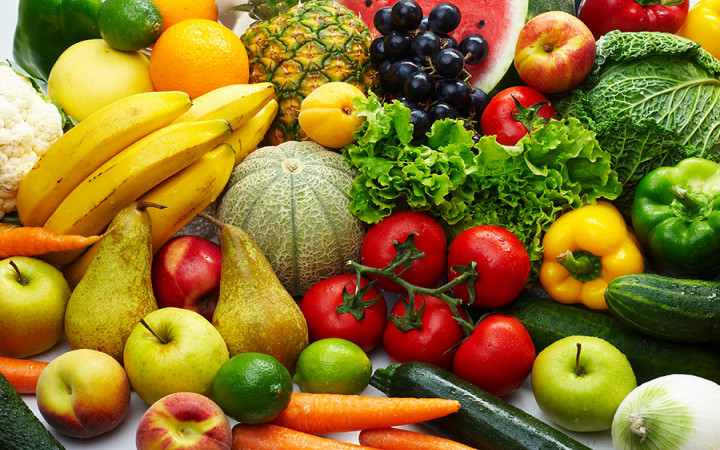Today’s Wonder of the Day was inspired by Ryan. Ryan Wonders, “How do fruits ripen after they have been picked?” Thanks for WONDERing with us, Ryan!
Have you ever had an adult tell you that money doesn't grow on trees? This statement often accompanies a denial of a request for a new toy or video game. Unfortunately, it's true. Money doesn't grow on trees.
Wouldn't it be cool if it did, though? We'd all be waiting for autumn to come with great anticipation each year. Instead of leaves falling, dollar bills would float to the ground. We bet you wouldn't complain then if your parents asked you to rake in the dough!
Even though money doesn't grow on trees, there's something almost as good that does: fruit! Delicious oranges and apples taste great and are healthy, too. Do you have a favorite fruit?
Some people prefer strawberries or grapes, while others like oranges, cherries, watermelons, or pineapples. When it comes to the world as a whole, though, there's one fruit that stands above all the rest — and it doesn't even grow on a tree! Which fruit is at the top? The banana, of course!
Over 100 billion bananas are consumed worldwide each year. India, China, Brazil, and Indonesia account for half of that consumption.
Bananas make up approximately 75% of the annual tropical fruit trade. In fact, they're the world's most exported fruit. The world's top banana exporter is Ecuador, while the United States imports the most bananas.
Bananas grow in tropical and subtropical areas around the world. Classified botanically as a berry, bananas grow on large plants that look like big bushes. The name "banana" comes from the Arabic word "banan," which means finger.
A group of bananas is known as a bunch. It takes about nine months to grow a complete bunch, which can include as many as 170 bananas.
Fortunately for banana lovers everywhere, bananas grow year-round and are bountiful. Today, about 150 countries grow nearly 1,000 different varieties of bananas.
If you eat bananas at home very often, you know that they have to be eaten quickly once they ripen. Their tendency to ripen quickly and turn brown makes getting them to markets around the world a bit tricky.
Most bananas are grown on large farms, where they're harvested while they're still green. To keep them from ripening during shipping, they're transported in refrigerated containers.
Upon arriving in a destination country, bananas are trucked to special ripening facilities. These facilities make use of advanced technology to control bananas' exposure to air, humidity, temperature, and ethylene gas, which is a natural ripening chemical.
To start the ripening process, ethylene gas is pumped into storage rooms full of bananas and left to circulate overnight. This gas triggers the ripening process, which is then slowed by removing the ethylene gas and lowering the temperature.
As soon as bananas begin to show a hint of yellow, they're ready to ship to local stores for consumption. They will continue to ripen during transit and storage. Depending upon how far your local store is from shipping facilities, the ripeness of your bananas can vary greatly from one location to another.




